Smartphone and PC makers may unite to build the PC of the future
The PC and smartphone markets have plateaued, but PC and processor innovations are opening new opportunities to PC and smartphone makers.
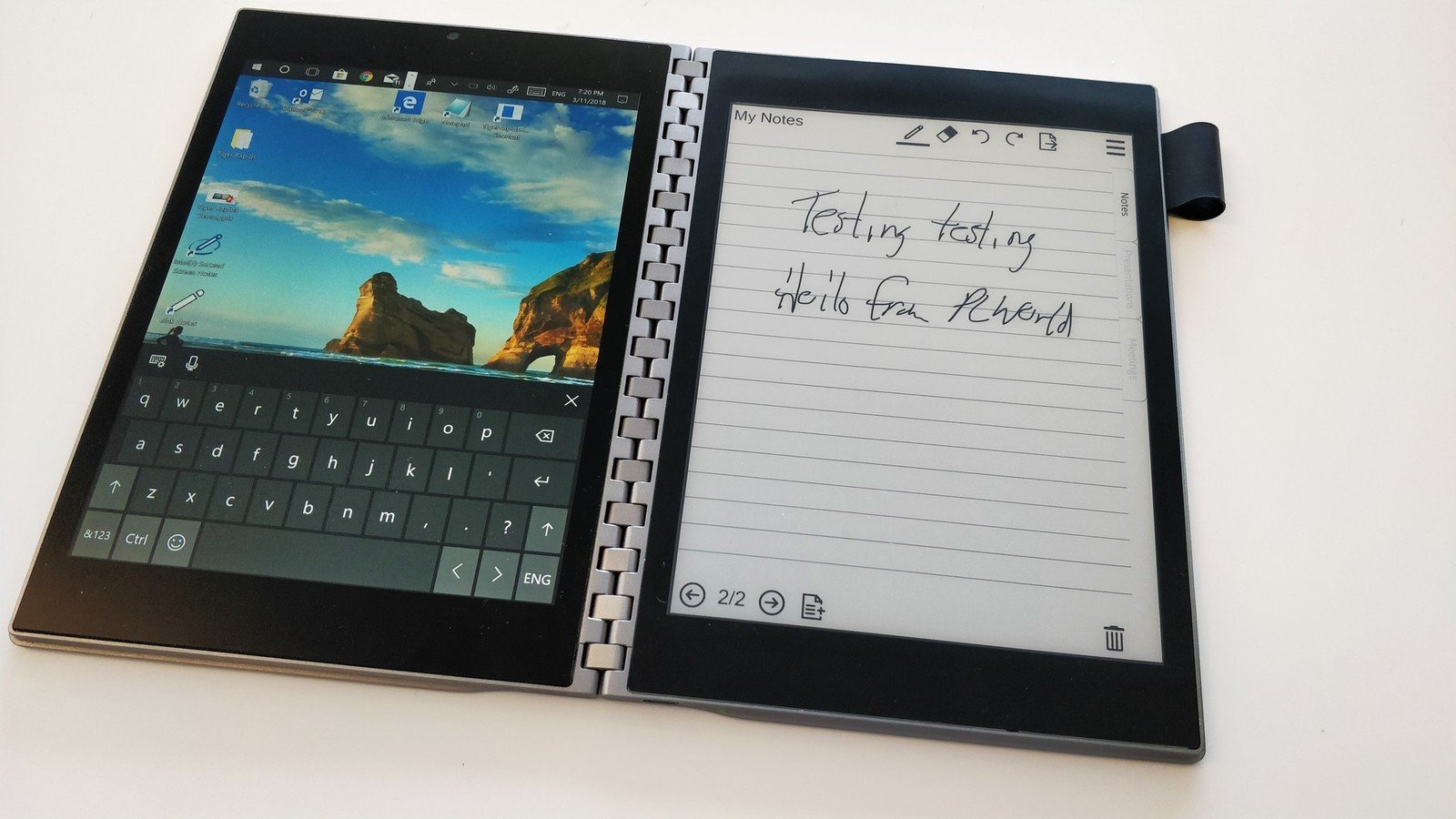

Mobile computing's evolution may result in a convergence of smartphone and PC manufacturers on innovative mobile PCs that blur the lines between smartphones and PCs. For years, the PC's decline reflected how consumer-focused slate-shaped smartphones and tablets devoured portions of the PC market.
Still, as I wrote in 2016, the smartphone's iterative yearly advances reached a dead end in their pursuit of more PC-like functionality. The slate form factor combined with a light mobile OS limits their ability to encompass the scope of PC scenarios toward which mobile computing's headed. Thus, after 10 years, the inevitable plateauing of smartphone innovation is coinciding with the plateauing of the traditional PC market.
Consequently, both PC and smartphone manufacturers are seeking ways to evolve personal computing which, powered by innovations from Qualcomm, Intel and AMD, is increasingly mobile and driven toward more creative and diverse form factors.
Microsoft's creating context for convergence





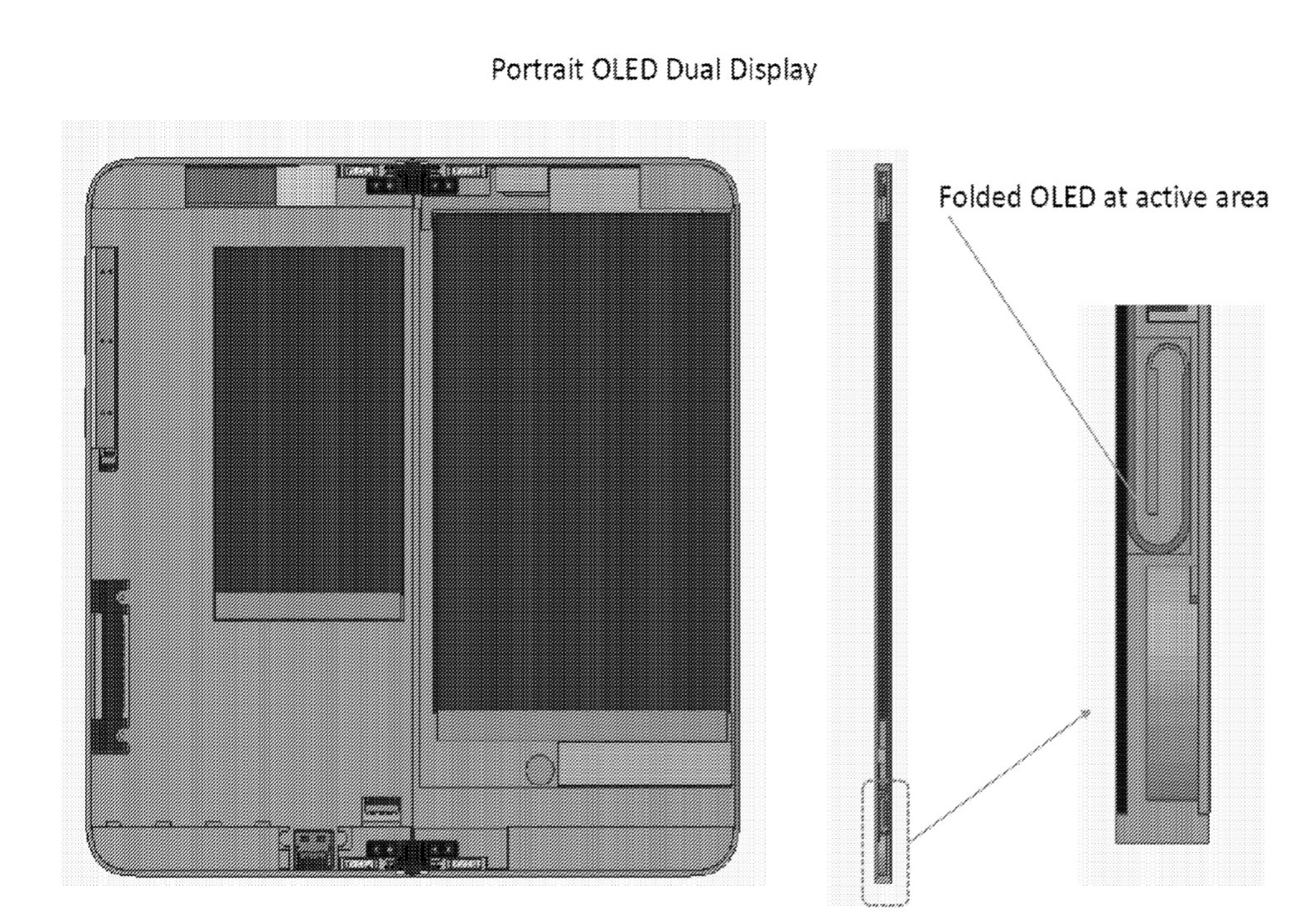
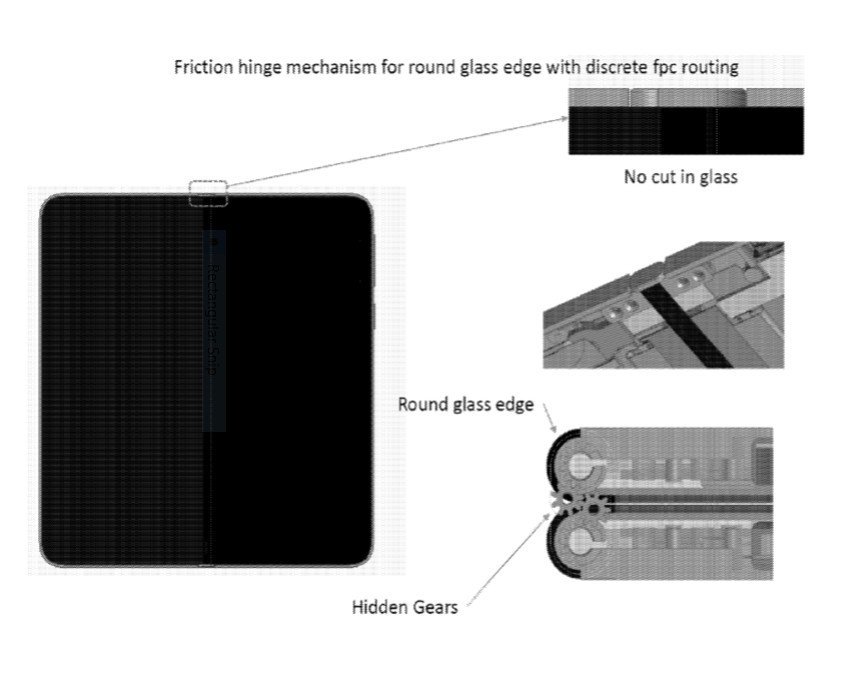
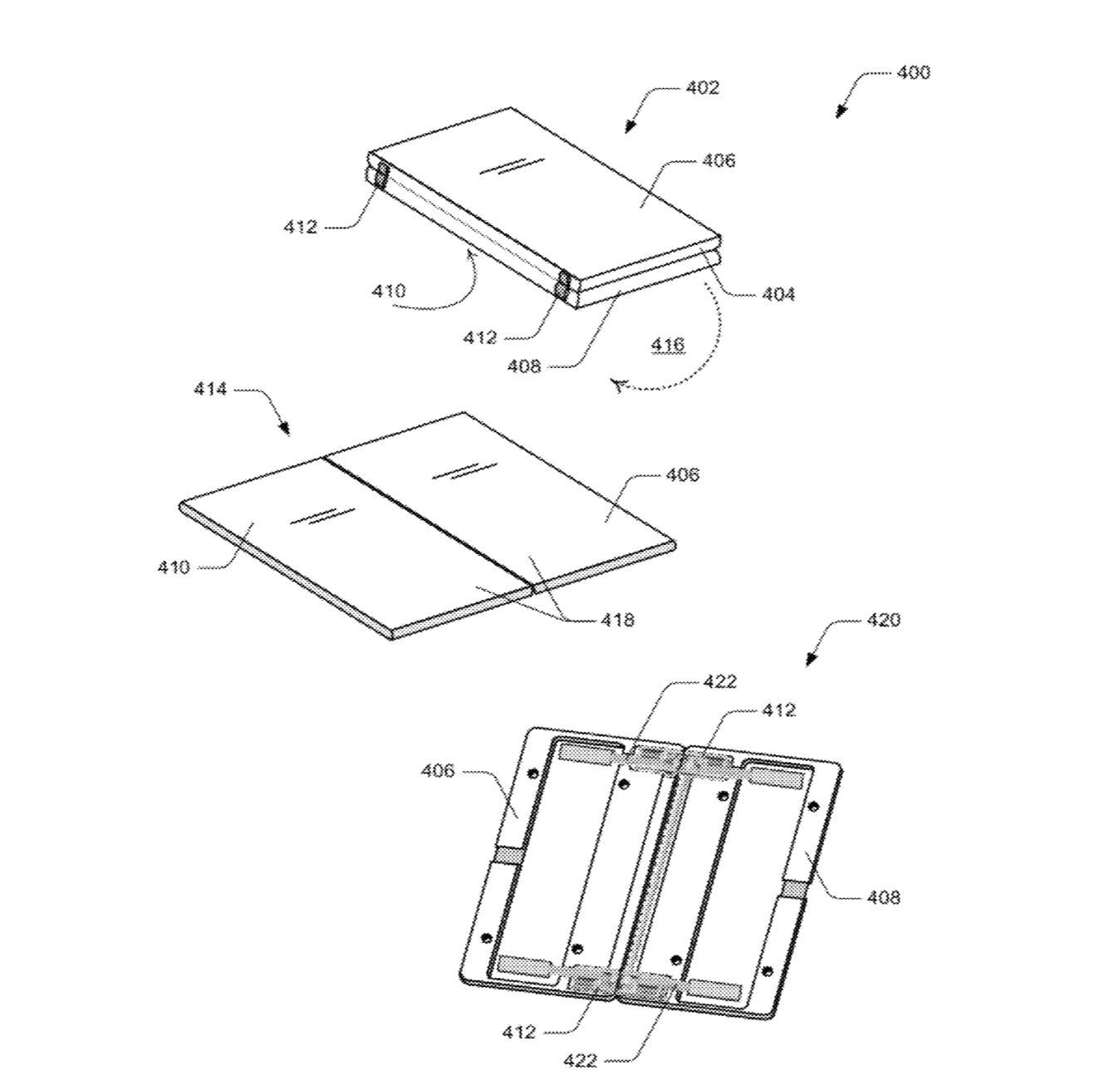
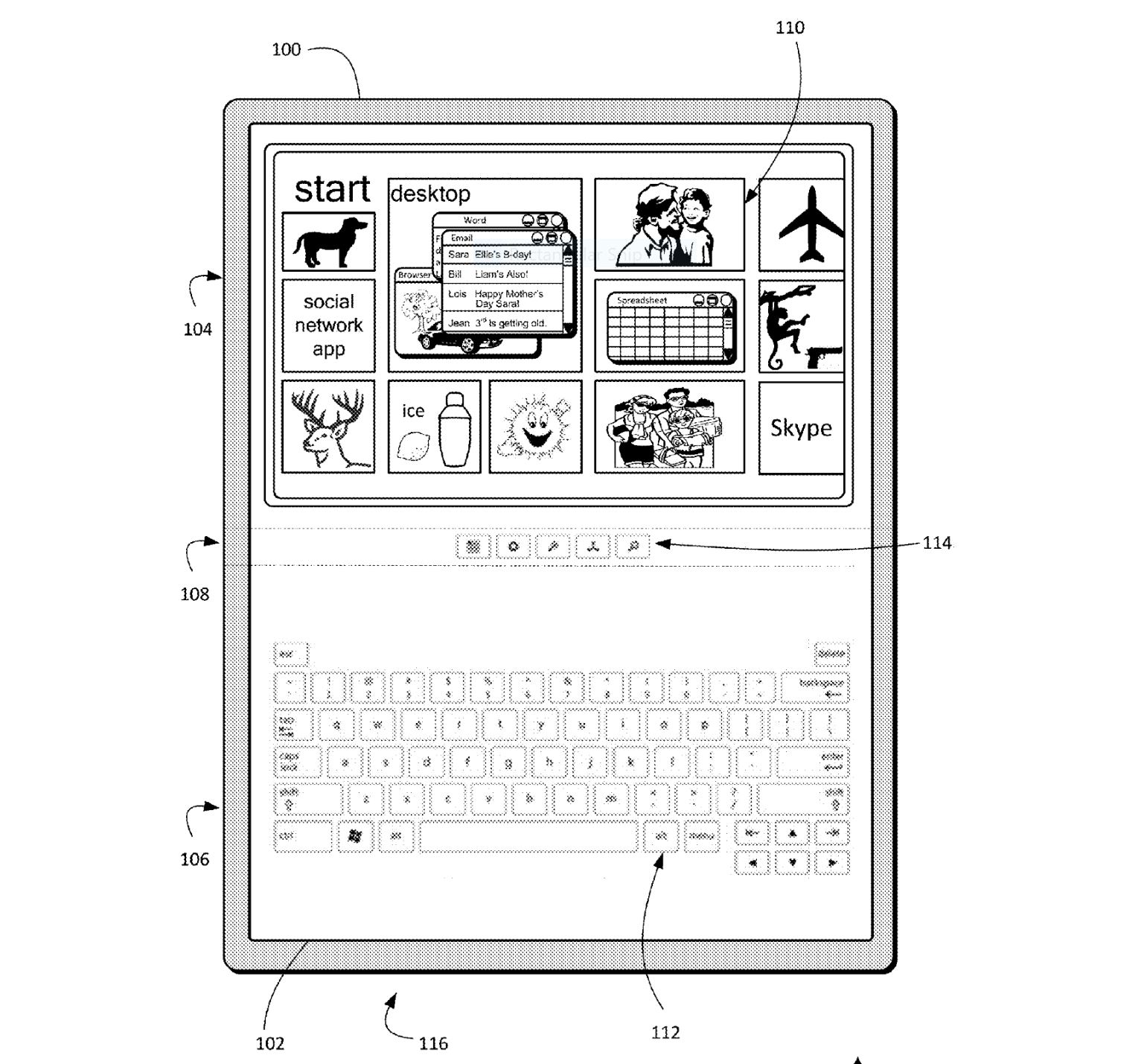
Multi-purpose, context-sensitive cellular devices are the direction personal computing is moving in, whether one is looking at it from a smartphone or PC perspective. The rise of viable folding PCs and folding smartphone concepts, patents and prototypes reveal that both PC and smartphone OEMs are exploring a similar, potentially converged, future. For instance, Samsung and Motorola are exploring folding phones, while Microsoft's rumored Project Andromeda and Intel's Tiger Rapids concept are attempting to set a precedent for folding PCs.
These aren't haphazard developments. They're a gradual unfolding of personal computing's evolution yielded from Microsoft's intentional relationships with Intel, Qualcomm and others that pushed innovative form factors, processing power and (where applicable) cellular connectivity forward over the years.
For instance, a May 2018 report from analyst firm IDC shows that the only PC category that saw growth in the last quarter was 2-in-1s. This is critical for Microsoft's category-defining, form-shifting device efforts.
Microsoft's pattern-setting PC and mobile strategy
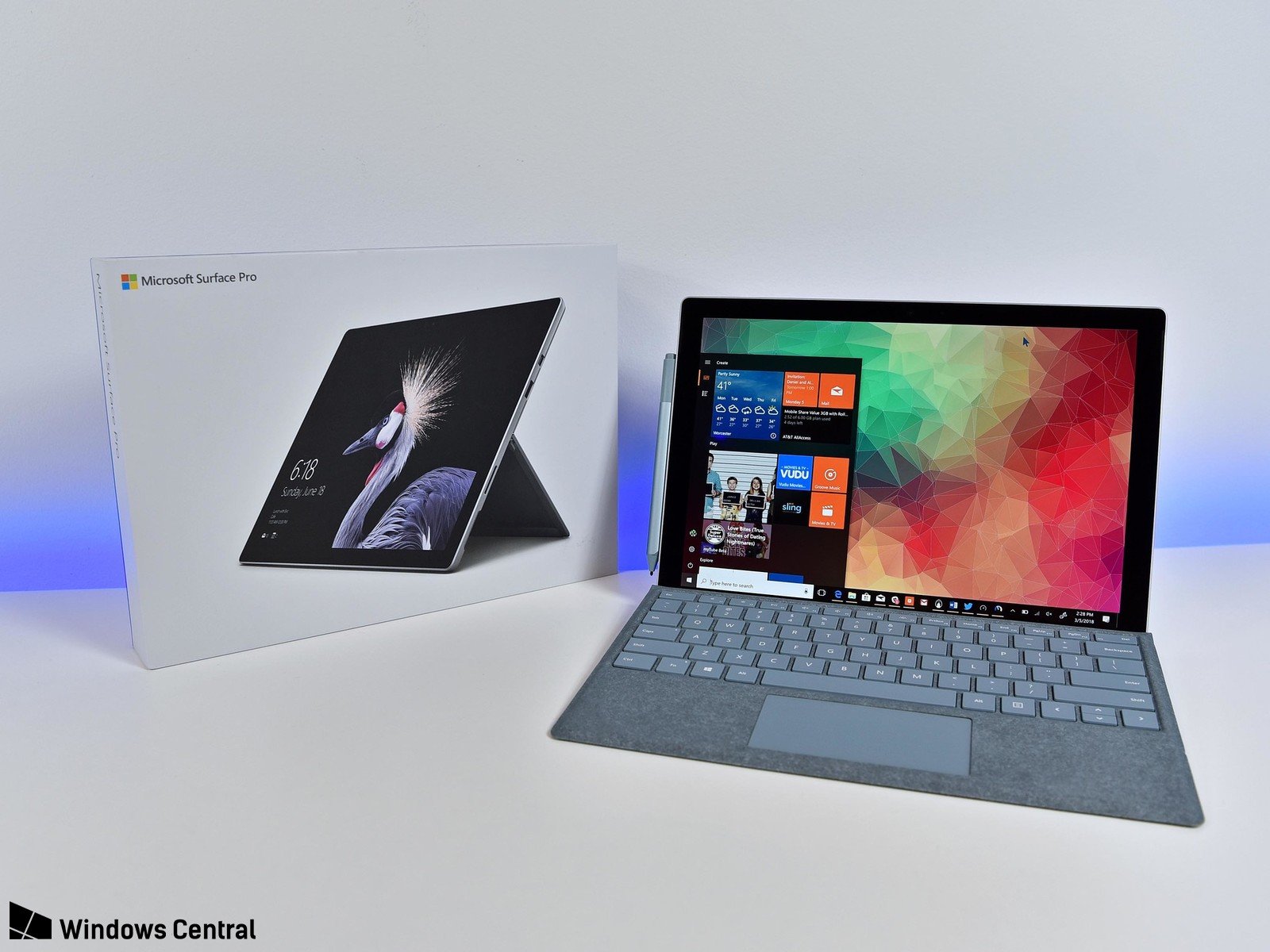
Microsoft's Surface Pro, a single device that can be used for productivity as a laptop, media consumption as a tablet, and in studio mode for art, now combined with an always-connected LTE version, began setting a precedence that a single device can potentially do everything PCs and smartphones do separately. This is especially true when you consider the smartphone-like instant on, always-connected and improved battery life of Always-Connected 2-in-1 PCs.
Get the Windows Central Newsletter
All the latest news, reviews, and guides for Windows and Xbox diehards.
Many observers perspectives are confined to an annual cycle of new devices and see Microsoft's mobile and PC strategies as distinct, rather than interconnected initiatives. It's important to note, however, that Surface-inspired context-conforming PCs and Microsoft's and Qualcomm's Always-Connected PC partnership is an unfolding interconnected strategy that takes time, and is establishing a new way for PC and smartphone OEMs to approach personal computing.
How Microsoft and Qualcomm are making PCs post-smartphone devices
A platform for convergence takes time
Qualcomm Senior Vice President and General Manager of Mobile Alex Katouzian said Qualcomm begins working with partners on new processor use cases three years before they're released. Thus, the 2016 announcement of Windows on ARM Snapdragon 835 was in motion since 2013, a year after Surface launched, and the Windows 10-optimized Snapdragon 850 (based on the 845) announced this year was in the works since 2015.
Microsoft's multi-year mobile investments, beyond the smartphone space, transcend the annual cycle of device releases. This has caused many to miss how Microsoft's not only attempting to bolster the PC market but is also trying to create a mobile computing platform where the strengths of PC and smartphone OEMs can converge.
With PCs moving toward the cellular roadmap, and smartphones moving toward innovative mobile PC form factors and more processing power, PC and smartphone manufacturers can bring their unique strengths to this converging space. Whereas PC manufactures would add their partnerships, distribution channels and more to PCs on the cellular roadmap, smartphone manufacturers bring their mobile expertise, consumer and carrier relationships and ability to scale to the PC space.
The evolving PC is connected, mobile and form diverse
Qualcomm said of its Windows 10 optimized Snapdragon 850:
The Snapdragon 850 combination of powerful AI architectures, multi-day battery life, and always-on, always-connected capabilities is expected to redefine what mobile computing means and introduce a new class of experiences.
Qualcomm's mobile compute platform encompasses a wide range of devices. But for the company that powers the smartphone market, whose goal is to bring more people onto the cellular roadmap, continued evolution of mobile computing is also a goal.
Folding PCs and folding smartphones may be just the beginning of a PC and smartphone OEM synergy.
Jason L Ward is a columnist at Windows Central. He provides unique big picture analysis of the complex world of Microsoft. Jason takes the small clues and gives you an insightful big picture perspective through storytelling that you won't find *anywhere* else. Seriously, this dude thinks outside the box. Follow him on Twitter at @JLTechWord. He's doing the "write" thing!

